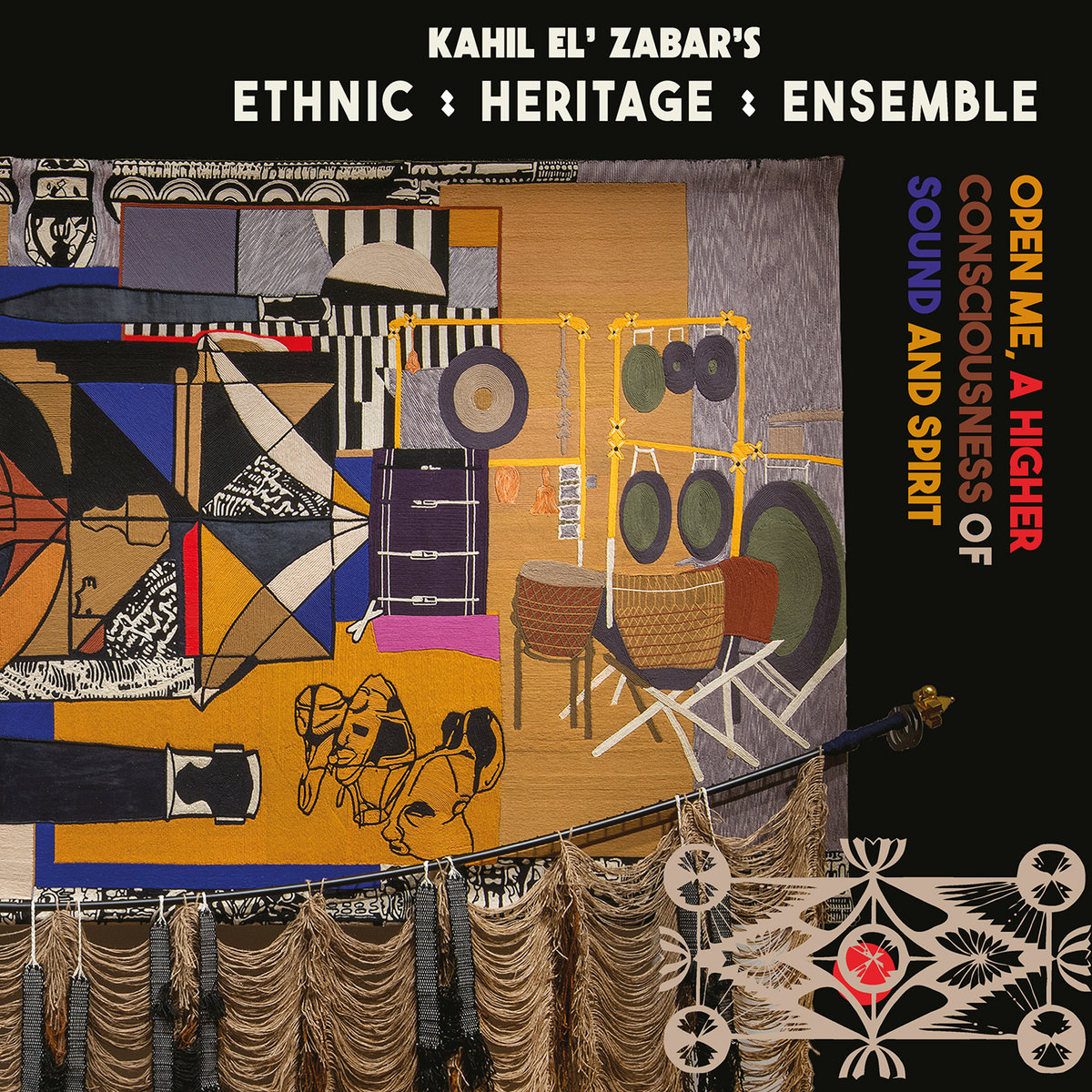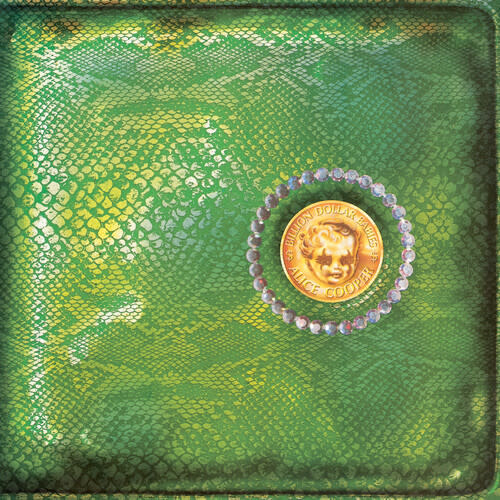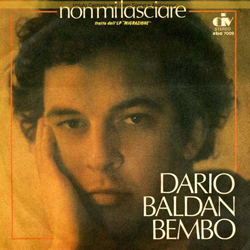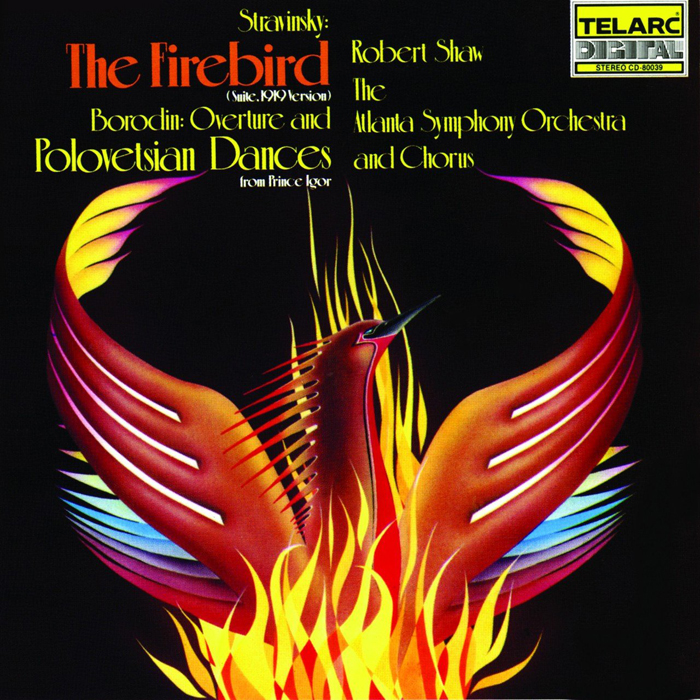The holy grail of audiophile sound is the family-owned, American designed and hand-assembled boutique audio manufacturer, and dating back to 1953, I believe Grado to be the oldest of these still in operation, while many older famous American name brands still exist they have passed through so many different hands, most of them from outside the country, that there is no similarity between the companies today and the companies that built those names. Grado is still a family-owned, American designed and hand-assembled boutique audio manufacturer, and the Grado SR325x Prestige Series headphone is a fine example of what tradition and passion can bring you.
The Grado SR325x
Grado’s Prestige Series dates back to the ‘90s and the Grado SR325x is a fourth-generation iteration of the SR300 dating back to that time, with minor but significant improvement made with each subsequent model making the SR325x the pinnacle of the Prestige Series.
The heart of the SR325x is the fourth-generation Grado X Series driver, “Specifically tuned for the SR325x, this new speaker design features a more powerful magnetic circuit, a voice coil with decreased effective mass, and a reconfigured diaphragm. Reengineering these components for our 44mm drivers improve efficiency, reduces distortion, and preserves the harmonic integrity of your music.”
In conjunction with the new driver, the headband and cables have also been redesigned with white stitching on the leather headband and a new super annealed copper 8-conductor cable housed in a more durable exterior jacket has been implemented to “reveal even more of your music with improved purity.” The cable is fitted with a 3.5mm TRS connector with a ¼” TRS adaptor included.
The listed features are as follows:
- Brushed aluminum housing
- 8 conductor cable
- Leather headband
- Drivers matched .05db
- De-stressed driver
- F cushions
- Hand assembled in Brooklyn
Living with the Grado SR325x
After I burned in the Grado SR325x with my HIFIMAN EF600 R2R DAC & Headphone Amplifier my usual 100 hours using my Qobuz burn-in playlist I chose to start my listening using the EF600 as source running in Low Gain NOS. As is my habit I spent a couple of days just listening, getting an overall sense of the sound of the SR325x. What impressed me right away was how strong and tight the bass was. The SR325x are open-air on-ear headphones which traditionally don’t have deep bass due to the lack of a seal to keep the sound pressure in, and often have a mid-bass hump to compensate for this, which brings up the second notable thing about the Grados is the linearity of their tonal balance which is extreme.

As has been my experience with all Grado headphones the SR325x are extremely efficient, listening to “Open Me, A Higher Consciousness of Sound and Spirit” (24-bit/44.1kHz – Qobuz) by Kahil El’Zabar and the Ethnic Heritage Ensemble, even in low gain, I ran the EF600 at about 10% volume, with around 30% being the limit of tolerable sound level. The timbre of the instruments of this free form jazz ensemble was spot on in a huge open soundstage exhibiting a high level of clarity, putting each musician in their own space as they wove the myriad of melodies together. The percussion was taut with deep impact and crisp edges.

The first track that I had sampled was Bolis Pupul’s “Letter To Yu” (24-bit/44.1kHz – Qobuz) so I returned to this for a more critical listen. The exotic blend of electronica and traditional Asian instrumentation seemed to be perfectly represented by SR325x, the sharp sounds of the synths and percussion rendered starkly without harshness providing contrast to the pulsating electronic sub-base rhythms.

Switching to my favorite amplifier the Schiit Audio VALI 2++ Hybrid Tube Amp using the EF600 as DAC to play newly released “Billion Dollar Babies (50th AnniversaryDeluxeEdition)” (24-bit/192kHz – Qobuz) by the legendary Alice Cooper and was treated to wonderfully dynamic musical gripping hard rock. The live version of “Billion Dollar Babies (Live)” was front row at a massive outdoor stadium adding a level of excitement the studio version couldn’t match. “I’m Eighteen (Live 1973)” on the other hand put you up on the stage with guitars on either side of you and Alice in front of you with a third guitar, drums and bass behind him, three simultaneous guitar leads competing for your attention, spine-tingling and heart-thumping.

Moving to the opposite of the spectrum I put on Beatrice Rana performing “Chopin: Piano Sonata No. 2, Op. 35 “Funeral March” – Beethoven: Piano Sonata No. 29, Op. 106 “Hammerklavier”” (24-bit/192kHz – Qobuz). As many of you know, piano is my instrument, and rarely have I heard it so lovingly reproduced in a massive soundstage, with authority and delicateness.

As much as I love the VALI 2++ it was time to test with my reference system of an LSA VT-70 Tube Integrated Amp, Audio-gd R2R-1 DAC, Black Dragon Cables, Core Power Technologies A/V Equi=Core 1000, and Vera-Fi Audio VBH-1 (Vibration Black Hole) isolation feet to see how far the SR325x scales up. Starting with Dario Baldan Bembo’s “Non Mi Lasciare” (16-bit/44.1kHz) to test sub-bass and musicality, the opening piano was deep and rich and the bass pedal was full digging down low. Overall the sound fell out on the warm side but in a fun pleasant way touching the true intent of the piece. The musicality of the upper mids and highs brought out the best in Dario’s operatic voice.

To take full advantage of the linearity and dynamic range of the Grado I chose my 24-bit/96kHz vinyl rip of “The Firebird Suite” as performed by Robert Shaw and Atlanta Symphony Orchestra (“Stravinsky: The Firebird; Borodin: Music from Prince Igor”) the opening strains of celli and tympani created a dark foreboding atmosphere in a huge concert hall with excellent placement of the instruments. The overlaying melodies of the similar sounding wind instruments were relayed with sufficient precision to easily discern one from the other. You definitely heard an orchestra of blended instruments as opposed to a single fat instrument representing an orchestra. The dynamics of the crescendos were fully realized creating an exciting wall of sound, while the triangle was clearly audible against the cacophony.

As a final test track, I picked “Time To Kill” by the band U.K. (“U.K.” – DSD), which turned out to be a choice torture test with Bill Bruford’s intricate percussion interwoven with Allan Holdsworth’s blistering guitar work and Eddie Jobson’s layered keyboards and electric violin. Needless to say at this point that the Grado turned in a superlative performance bringing the magic of this virtuoso supergroup to play.

Realizing I had neglected to test the SR325x with my smartphone (which I always do with any headphone that comes equipped with a 3.5mm TRS connection) I pulled up “The Sky Will Still Be There Tomorrow” (24-bit/96kHz – Qobuz) by Charles Lloyd. Not only were the SR325x well within the ability of my phone to drive, the sound was quite lovely though not as musical and tight as above, but in no way offensive or dull.
Conclusions on the Grado SR325x
To begin with, the comfort of the Grado SR325x is exemplary for a headphone in this price range, light with just enough clamping force to keep it secure, and though they are on-ear headphones the foam earpads are high enough density as to not be irritating. The build quality is top notch with the majority of the construction being metal with only the gimbal parts being plastic. The headband itself is metal with a leather jacket making the SR325x the ideal headphone for on-the-go use, though the cable is a little heftier than most portable headphones (one must after all make some sacrifices in the name of sound quality).
When it comes to sound the Grado SR325x provides performance you would expect from a headphone at two to three times the price, dynamic and musical, with a linear neutral tonal balance, and deep bass without boom or bloom and extreme clarity without being bright or abrasive.
Easily able to be driven by a smartphone or tablet if equipped with a headphone output, the SR325x while forgiving of low-resolution sources without sounding like it is forgiving, is able to scale up with higher-resolution sources making it a serious contender in the under $1,000 category and well deserving of the Prestige moniker.
Price: $295
Manufacturer Website: https://gradolabs.com/products/sr325x
Specifications:
- Transducer type: dynamic
- Operating principle: open air
- Frequency Response: 18-24kHz
- SPL 1mW: 98
- Normal Impedance: 38ohms
- Driver matched db: .05
- F cushions















Want to join discussion?
Feel free to contribute!